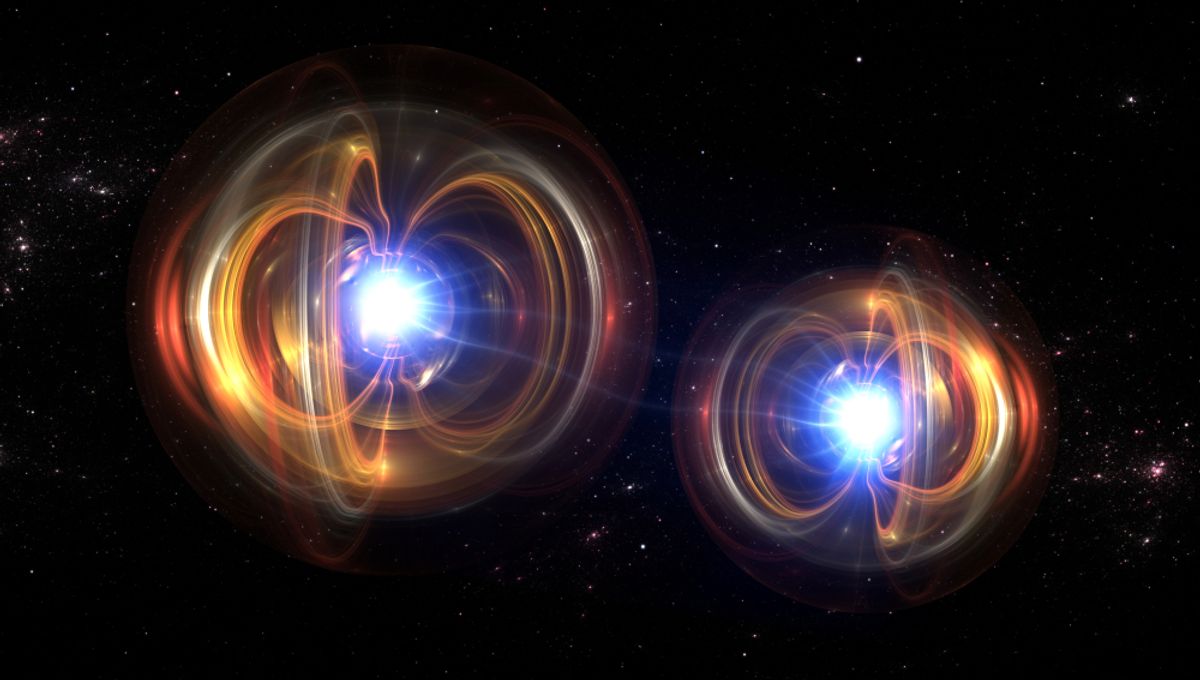
Quantum mechanics is weird. And don’t take our word for it. Einstein was less than pleased with it. In particular, with the concept of entanglement, which the famous physicist called “spooky action at a distance”. He believed this spookiness could be explained away but the work of the three latest Nobel laureates and many others have demonstrated that Einstein’s belief was wrong. Absolutely at odds with reality.
Einstein wanted to explain the universe deterministically. That means that once you know the laws of physics you should be able to understand, model, and even predict everything that happens in the universe. But quantum mechanics really doesn’t work that way. It is probabilistic. And reality has all sorts of behaviors that do not fit with the deterministic view.
The “fix” to make quantum mechanics not probabilistic was proposing the existence of hidden variables – properties that would affect measurements but couldn’t be measured. There are different ways to test the existence of these hidden variables and they take the name of Bell’s theorem after the first one proposed in 1964 by physicist John Stewart Bell.
The winners of the 2022 Nobel Prize in Physics – Alain Aspect, John Clauser, and Anton Zeilinger – and their many collaborators worked on experiments that tested the inequalities stated in the theorem as well as being pioneers in the field of quantum information. The field has been foundational for concepts such as quantum cryptography and quantum teleportation, plus the theory at the core of how quantum computers are going to work in the future.
Their work utilizes entangled photons, where pairs of light particles are placed in a single state. So far it doesn’t seem too spooky but the weirdness is in the details. In quantum mechanics, taking a measurement “freezes” the property measured in a specific state; the wavefunction which describes the probabilistic behavior is said to collapse. With entangled pairs of photons, taking measurements of one will also collapse the other, instantaneously, no matter how far away the two particles are.
At first, this might look like faster-than-light communication, which is a big no-no in physics. But work done by thousands of physicists has shown that this is not the case at all. Quantum mechanics simply works differently.
Quantum information was also celebrated by the Breakthrough Prizes a couple of weeks ago. Clearly, it is the hot topic of the moment.
The new Nobel laureates will receive a monetary prize of 10 million Swedish kronor (about $896,000) which will be shared among the winners.
During the press conference, Zeilinger highlighted that while the Nobel goes exclusively to individuals, he would not have received it without the help of more than 100 young collaborators who worked with him.
Since 1901, there have been 221 Nobel laureates in Physics. Four of them have been women.
Source Link: Quantum Teleportation And Entanglement Leads To Nobel Prize Victory